Over the years I had heard about the “FOBs” from FOB Archery on various archery forums. I learned that FOB stands for “Fletchings Only Better.”
But what was the story behind this new product, and would it really work better than fletchings or vanes?
The History of FOB Archery

The FOB is made of nylon and has “fletchings” that are at a 4-degree off-set.
The FOB was designed by an aerospace engineer named Paul Morris. He designed it based on the concept of aerodynamics.
He believed there was a away to improve upon the old fletching that Native Americans and people all over the world had been using for years and also in competitive archery. At the time, the FOBs were known as Starrflight FOB.
But then, in July of 2018, three business partners purchased the company from Morris and rebranded it to FOB Archery.
Keep reading for an in-depth look at the FOBs to find out if they’re right for you…
FOBs At First Glance
I finally got around to testing the FOBs. I have to be honest, when I first started reading about them and saw them, I was like, “Really?” My B.S. meter was going off a little bit.
But, I decided to give them a try.
The FOB is made of nylon. It looks simple, and in some ways, it’s exactly that. But in other ways, it’s very meticulously designed.
It simply slides onto the end of the nock. Then you insert your nock into the arrow shaft and you have essentially fletched your arrow. It’s that simple… and it’s fast.
No glue. No time. Just boom! And it’s done.
>> View more N1 hunting shirts and the stories behind each design
An In-Depth Look
The circular ring around the FOB is thicker in the front than it is in the back. It’s an air foil design that aides in the stabilization and flight of the arrow.
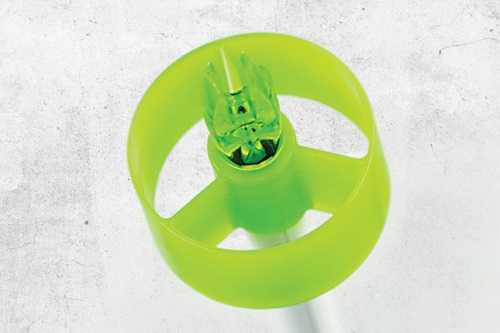
The FOB, although just a small piece of nylon, is precision crafted to give arrows proper in-flight stabilization.
The three little “vanes” are at a 4-degree offset. In effect, very And then these vanes if you will, the three little vanes, they are at a 4-degree offset.
The FOBs claim to be more accurate in a cross-wind than fletchings. The theory is that the cross-wind will blow a fletched arrow more off-course due to the larger surface area on the back of the arrow.
The combined with the air foil design, the offset vanes allow for greater spin. With the thicker front portion of the ring, and the thinner part in the back of the ring provides 360-degrees of stabilization.
#ad
Offset fletched vanes will rotate, but technically not the 360-degrees of stabilization that the ring of the FOB provides.
I should note that the blazer vanes I typically use are different than what most people use. I use a 4-degree helical setting. So, they are put on with a 4-degree helical using an Arizona EZ Fletch.
That gives you the fastest rotation that you can get with blazers.
Sometimes people use the blazer vanes with an offset at 3 or 3-1/2 degrees. Some will just buy them from the factory in a straight position. But, when you put them on with a helical, they spin a lot better and you get better groups.
I tested the FOBS compared to the 4-degree helical blazers to see how well the fly and group. I tested indoors and outdoors with field points and also outdoors at long range using broadheads.
FOB Archery vs Vanes Indoors at 40 Yards
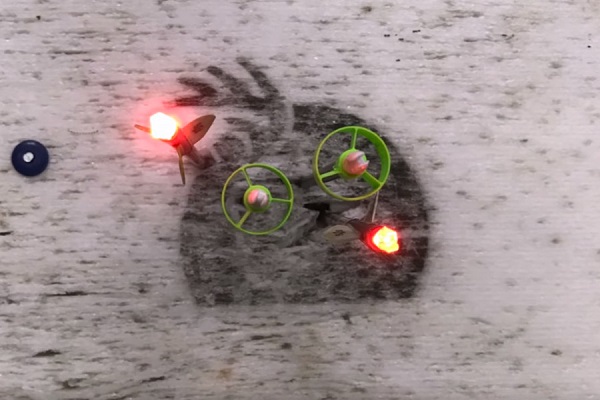
When compared to arrow with Blazer vanes with a 4-degree helical twist, FOBs grouped extremely well indoors at 40 yards.
Outdoors at 40 Yards
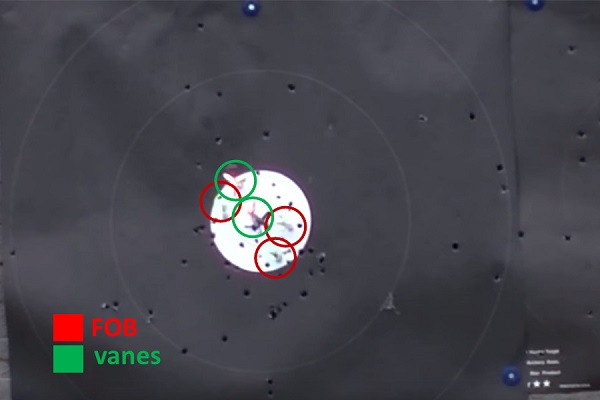
The FOBs vs Blazer vanes at 40 yards outdoors. They also performed very well in this test.
With Fixed Blade Broadheads at 80 Yards
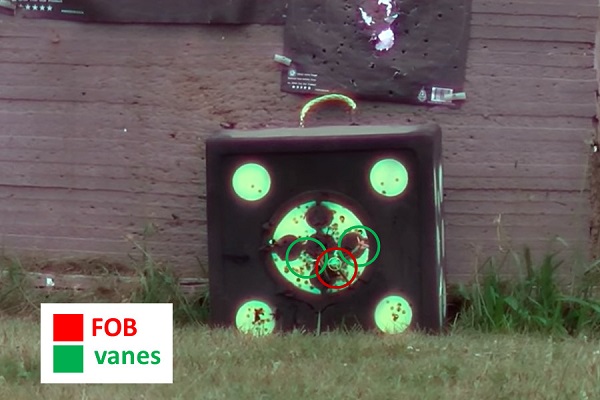
I shot the FOBs vs Blazer vanes at 80 yards outdoors with fixed-blade broadheads.
Ballistic Gel Testing
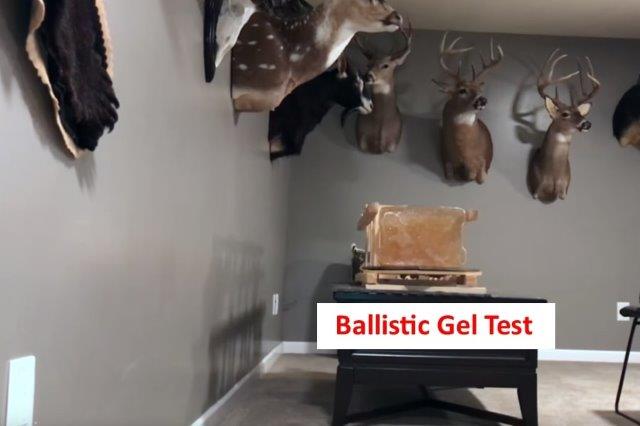
This test consisted of ballistic gel with MDF board in the back of the setup.
Next, I did some testing into ballistic gel, shooting a regular vaned arrow with the Blazers and an arrow with a FOB on it.
I wanted to see two things. First, I wanted to see how the penetration was affected by the fletching and by the FOB. Secondly, I wanted to see how effectively the FOB bounces off the gel when it is contacted.
I first shot the FOB and then the Blazers. On impact, the FOB bounced right back to my feet (about 4-5 yards).
FOB Penetration vs Blazer Vanes
The vaned arrow went through the ballistic gel and simply landed behind the gel block. It didn’t stick at all into the layer of MDF.
However, the bare shaft that had the FOB on it continued to fly through the gel and not only stuck into that layer of MDF, but actually penetrated all the way through it and popped out the other side and made a big dent in the next layer of MDF.
#ad
Notice that the arrow tip with the FOB on it penetrated better than the one with the Blazer vanes, because the vanes had to pull through the gel whereas the bare shaft just slipped right through.
After putting the FOBs through every test that I can think of, I was pleasantly surprised. Actually, I was borderline shocked by how well they performed. They passed every test I have.
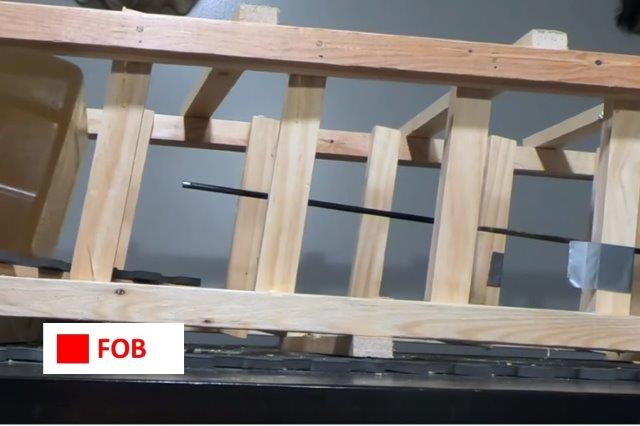
The FOB popped off the arrow, as advertised, when passing through the ballistic gel. It also penetrated the MDF board in the back of the setup.
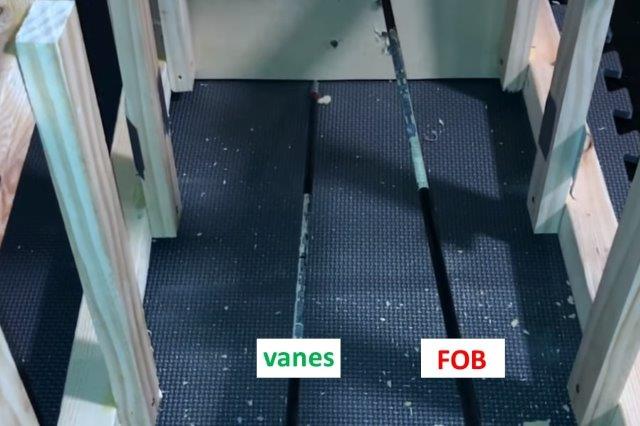
The arrow with the FOB on it penetrated the MDF board in the back after passing through the ballistic gel. The arrow with the blazer vanes passed through the gel, but landed without any penetration of the gel.
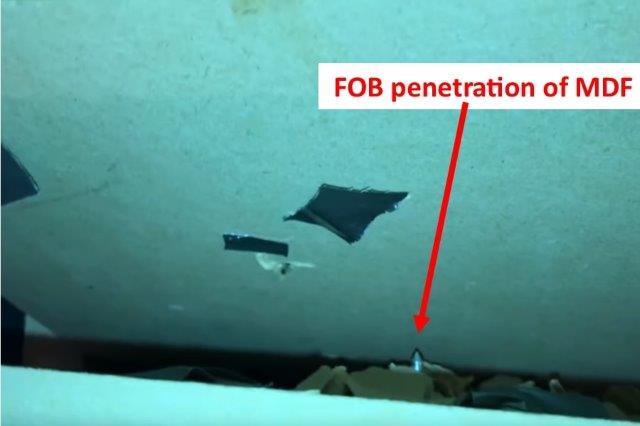
The arrow with the FOB on it passed through the ballistic gel and even penetrated the MDF board in the back. The arrow with the vanes didn’t even penetrate the MDF.
Pros and Cons of FOBs
Here is a summary of what I think are 7 pros and 7 cons to be aware of when considering using the “FOBs” from FOB Archery.
The Pros:
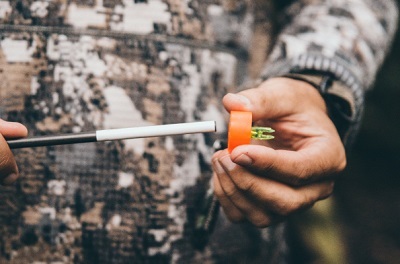
Installation of a FOB takes literally seconds.
- Speed of fletching: You can fletch a dozen arrows in less than a minute instead of about an hour. And, you can do it in the field just as quickly.
- Accuracy: FOBs are every bit is accurate as a 4-degree helically attached Blazer vane. That’s pretty darn accurate. So, I know that my vanes at a 4-degree helical vanes are more accurate than straight vanes and even more accurate than offset vanes at long distances. The FOBS group just as well.
- Drift resistance: The FOBs are able to handle wind drift amazingly well. They are much less affected in a heavy crosswind than Blazer vanes or other vanes. That’s an important asset when you are bowhunting out West or shooting at long range.
- Penetration: The superior penetration of arrows with FOBs surprised me. Because the arrow didn’t have the drag of the fletching, it just zipped through the ballistic gel and penetrated through a half inch of MDF. The arrow with the Blazer vanes did not stick into the MDF at all. That’s quite a bit difference in penetration. The lack of drag makes the difference. That was impressive.
- Durability: I am very impressed with the durability of the FOBs. I shot them a couple hundred times. I’ve hit the FOBs with the tips of other arrows a number of times (they call this a “FOBinhood” when you stick one arrow inside the FOB of another arrow on the target). The FOB got a little dinged up at times but I have yet to break one. And, even when they are dinged up, they still work fine. TIP: If you are in a dry climate, you can soak the FOB in water, inside like a Ziploc bag or container for a day, they get even a little more pliable. This will help them become even more durable than they already are.
- Quick Change Colors: Another little thing I like about them is that I can change colors without having to strip everything down off of a previous arrow and put on another one. I can just pop off the FOB and add a different colored one.
- Ability to use arrows with bare shafts: Another strength of the FOBs is that you can use bare shafts. One of my best archery buddies, Shane Chuning, taught me that to always have a bare shaft in my target quiver so that I can test the tuning of my bow. This helps me test my own personal form. And, nothing reveals imperfections in form and tuning like a bare shaft. So, I always try to designate one arrow like that. With the FOBs essentially all your arrows can be bare shafts. You just pull that off and then you got bare shafts. You put the nock back in and you can tune a whole round of bare shafts and then put the FOBs on and shoot a whole round of fletched ones. So, that’s definitely a plus as well.
The Cons:
So, now that I’ve covered the 7 advantages of FOBs, I’ll cover what could be considered disadvantages:
- Must use a drop-away rest: To use FOBs, you must use a drop-away rest. They will not work with a prong rest, because the FOB won’t clear it. You also cannot use something like a whisker biscuit, as the FOB would come off as the arrow passes through it.
- Cheek Interference: If your anchor point is way back, or at the back of your head, the FOB could catch your ear. That wouldn’t feel nice. Or, if you mash your arrow into your face, or have a large beard, you may have a problem using the FOBs. For me, the anchor point is not an issue with FOBs. With the way I anchor, I didn’t notice it, even with a heavy mask on that I use during cold weather. So, this may be an issue for you, depending on where you anchor.
- “FOB Pinch”: Another con would be a “nock pinch” of sorts. Some individuals with really long draw length that shoot bows with a short axle-to-axle length could experience this. Because the FOB is so far back on the shaft, the string could pinch the top and bottom of the FOB at full draw. If that’s the case with you, the FOBs wouldn’t be right for you. FOB Archery is supposed to be coming up with a solution for this in the near future.
- In-Flight Sound: Some individuals that have used the FOB say the sound is an issue. I compared them in flight to the sound of my 4-degree helical blazers, which are louder than straight or offset Blazers. To me, the FOBs sound about the same as the Blazers. I couldn’t tell a difference. I even tried a decibel meter, putting it a halfway down range to try to see if they pick up a difference. The decibel meter wasn’t sensitive enough to pick up any difference between the two. Honestly, I don’t worry about arrow flight noise. Instead, I worry about bow noise and human noise at the shot. My reasoning is that bugs are zipping around deer all the time. Birds are flying by. Leaves are falling. I don’t believe the arrow flight noise is an issue worth being concerned with and I’ve never had a problem with it during a hunt.
- Finding Arrows: Another concern is from those who use lighted nocks. The thought here is that during a pass through shot, the FOB pops off, taking the lighted nock with it. So, you would find your nock easily enough, but not necessarily your arrow. If the arrow stays in the animal, well, you’re going to see it running off with a lighted nock as normal. One way to address this concern is to use a reflective wrap. And I find those just as effective as a lighted nock at finding your arrow because you shine a light on it and it lights up like a Christmas tree. I like to use a lighted nock for videoing, but a reflective wrap really helps you in finding that arrow. So, while some consider this a con, I do not.
- Weight: Adding the FOB, makes an arrow heavier than using Blazer vanes by 8-10 grains. That’s very minimal in my mind. It’s kind of the difference between using a lighted nock or not, which doesn’t really affect my shooting accuracy unless I’m out well past 60 yards. In that case, I simply sight in my bow for lighted nocks, and the FOBs hit right where my lighted nocks hit. So, again, this “con” is a non-issue for me.
- Cost: One other concern that people have expressed at times is the cost. I wondered about that too. So, where do FOBs fit in cost-wise? They are about $2.25 each. You get a 12-pack for $29. So, they are more expensive than just getting vanes and attaching them yourself. But, they are less expensive than paying a bow shop to attach your vanes. They are also less expensive than buying the shrink wrap vanes and putting them on.
If you do decide to purchase FOBs from FOBarchery.com, use code LUSK10 for 10% off!
Conclusion
In conclusion, I really like the FOBs. They passed every test I could think of. I’m ready to take them into the field!
For years, traditional archery has been married to the tried and true feathers and vanes. Let me know your thoughts or any questions you have on this alternative fletching in the comments below!


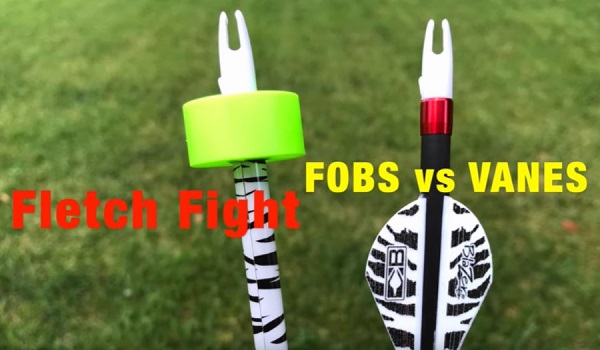

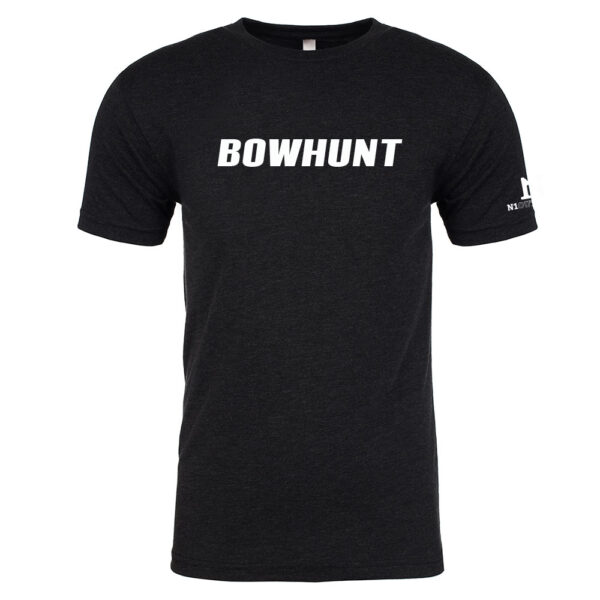
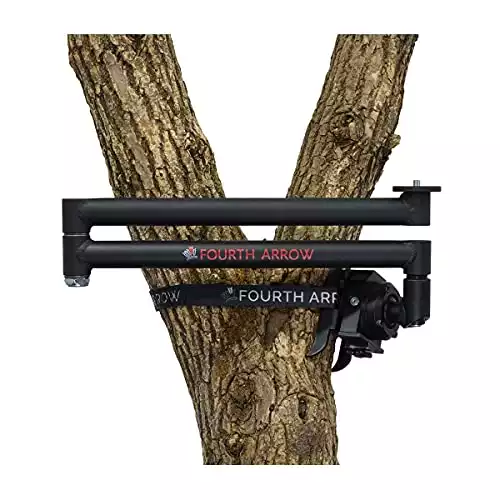
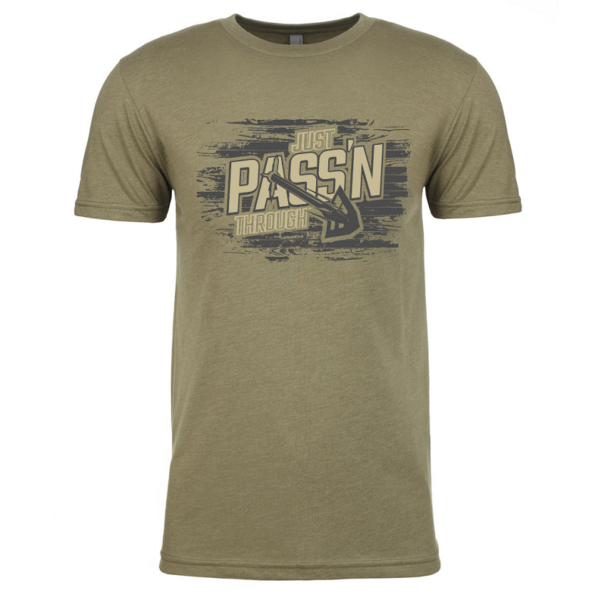
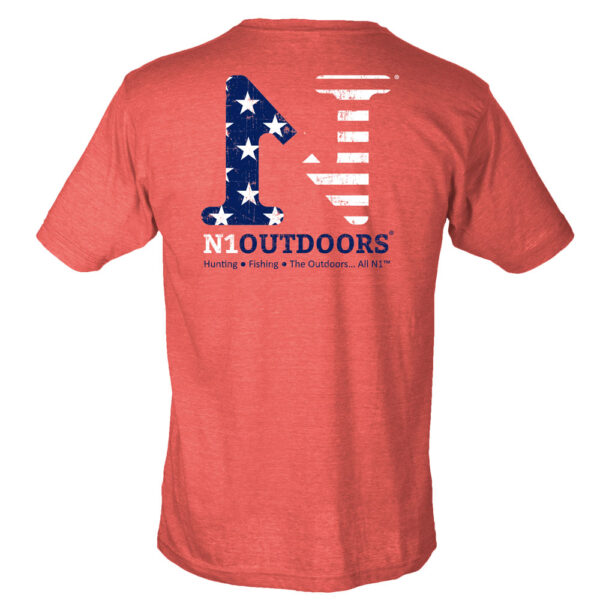

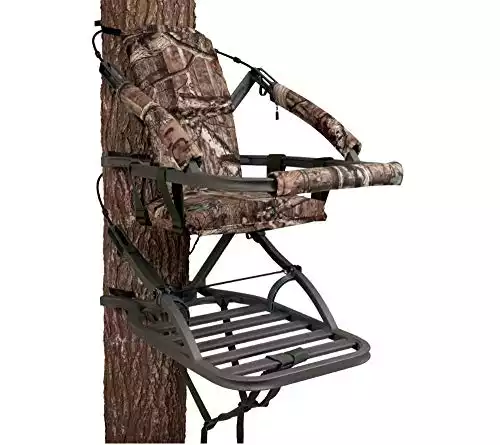
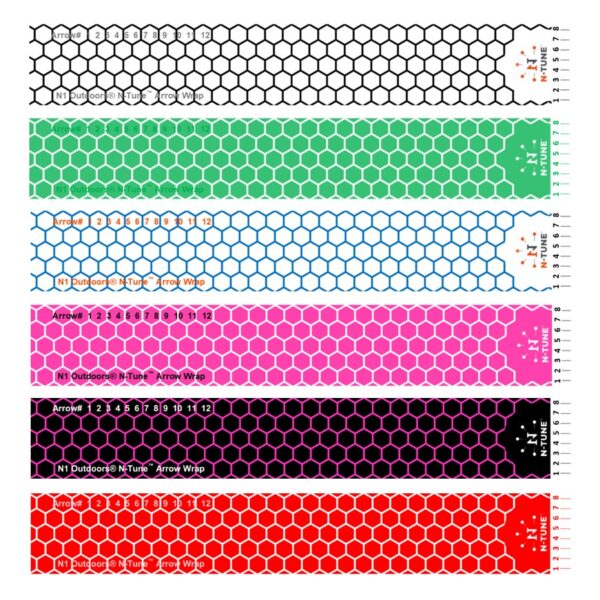
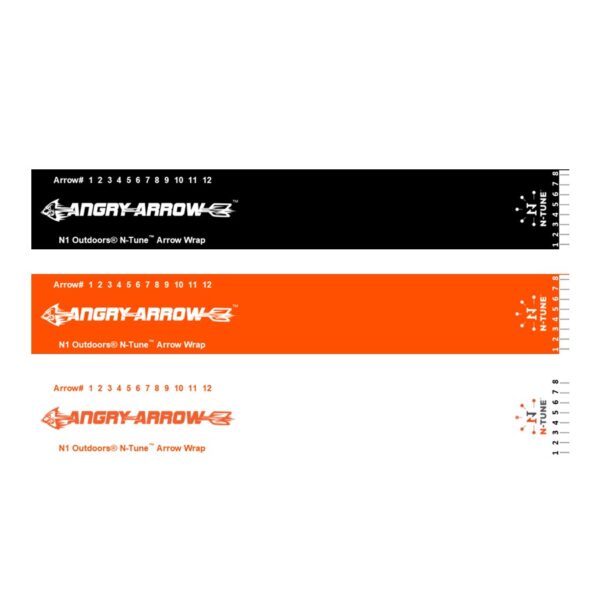
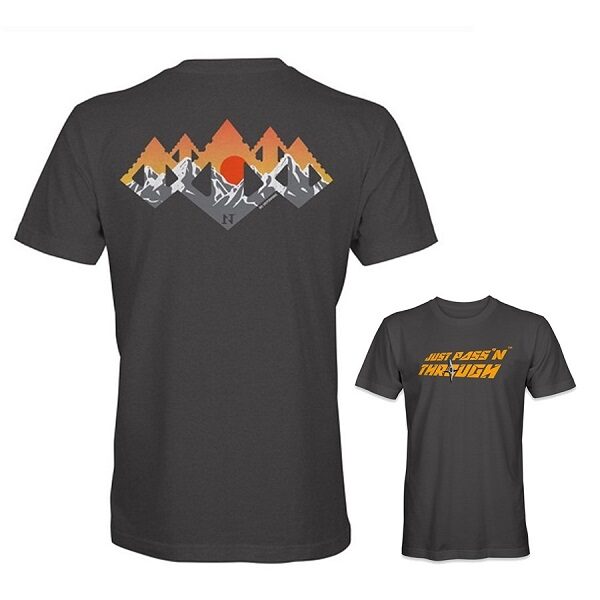
FOB’s are a great invention. I was Paul Morris’ first internet customer for FOB in, I think, 2004. Somewhere I have his note to me acknowledgeing that. I have used FOB exclusively ever since including trips to South Africa and Canada as well as my annual hunts in Kansas and Kentucky. One additional issue that can arise….it is possbile to loose FOB’s when walking through brush with arrows on a bow mounted quiver. The FOB can catch on branches and pop off. I always carry a couple of spare FOB’s and nocks with me. Over the years I have gotten to where I automatically protect the arrows in the quiver as I walk.
Art, that’s a great story, thank you for sharing. And thank you for the helpful tip!
I found that because the fobs are heavier they will shoot lower at distance , your targets show that . So some minor adjustment of your sight are necessary. I live in a fairly windy area , my target is 4feet wide by 8 feet tall .in strong wind aiming at center mass if target fletcher arrows will almost be moved off the target . With the fobs in strong winds out to 70 yards they will get moved maybe 4inches off center . 2 bull elk in last 3 years 65 , 73 yards both pass thru arrows .fob , 26.5 vap 350 kudu blade 407 grains . 325 fps